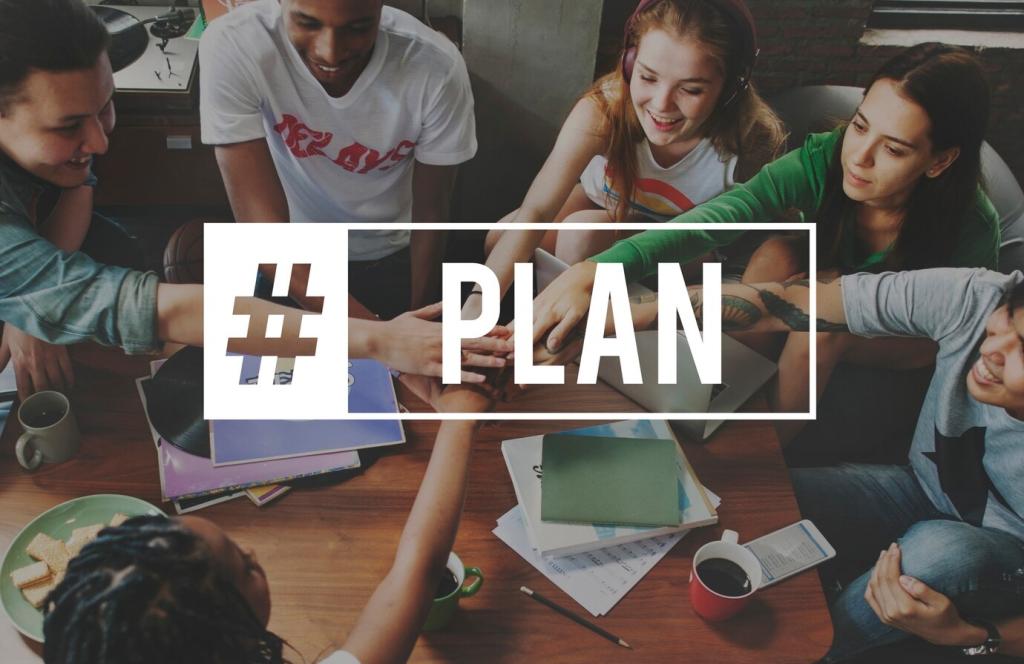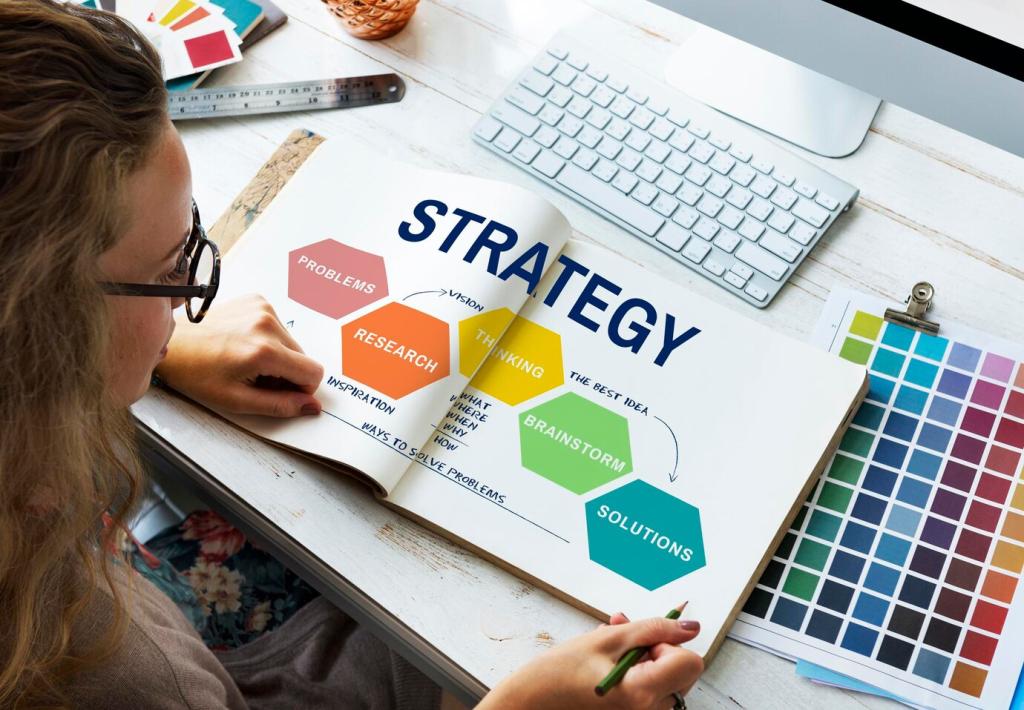Gestures That Paint Your Ideas
Use gestures that map meaning—an upward sweep for growth, a pinched space for a small detail, a cradle for care. Calibrate size to room and camera. Overacting distracts; illustrating enlightens. Think of your hands as subtitles for your message, then share which illustration landed strongest for your audience.
Gestures That Paint Your Ideas
Sync quick, small beats with key words or numbered lists to drive cadence and clarity. A subtle flick on each point sharpens structure without shouting. Record a practice run and count how often your gestures align with emphasis. Rhythm makes ideas stick; let us know what changed when you matched them.
Gestures That Paint Your Ideas
Replace nervous tics—pen clicking, ring twisting, pointer flapping—with intentional gesture. If energy spikes, channel it into a purposeful shape, then reset to home base. A tiny tactile cue, like touching thumb to forefinger, can interrupt habits. What fidget did you retire, and which gesture replaced it successfully?





